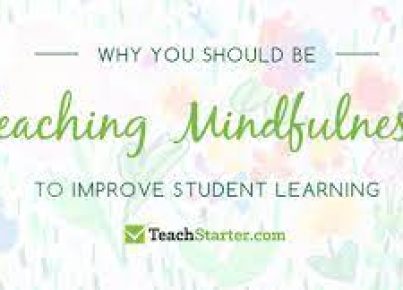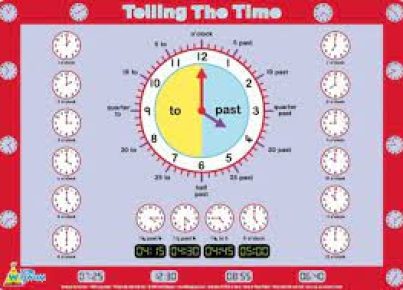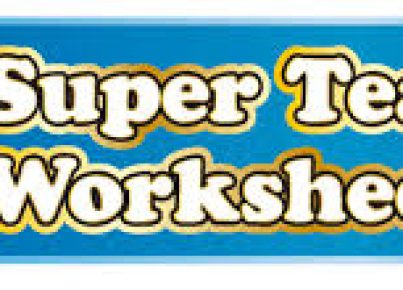In the digital age, the art of writing remains an undiminished corner of education. Despite technological advances, the fundamental importance of clear, effectual writing holds fast. From academia to business communications, writing is not only a tool for expressing thoughts but also a powerful vehicle for persuasion and conveying complex ideas.
Creating teaching resources designed to enhance writing skills confronts various challenges, including the necessity to cater to diverse learning styles and starting competencies. A well-structured approach must be laid down, one that evolves with educational principles and technological trends.
Compelling writing teaching resources should encapsulate the following:
1. Theory and Fundamentals: A strong foundation in grammar, vocabulary, and sentence construction is critical. Students need to understand the function of different sentence parts and how they interconnect to form clear and coherent text.
2. Styles and Formats: There’s a stark difference between crafting a poignant short story and developing an analytical essay. Resources should cover different writing styles such as narrative, persuasive, descriptive, expository, and creative writing.
3. Audience Awareness: Understanding one’s audience is key to effective writing. Teaching resources should help students analyze their target audience and tailor their content accordingly.
4. The Writing Process: Outlining the stages from brainstorming to drafting, revising, editing, and publishing is indispensable. These steps culminate in a polished piece of writing reflective of the writer’s efforts.
5. Feedback Mechanisms: Implementing peer reviews or self-assessment tools help students develop critical thinking skills about their own work as well as that of others.
6. Use of Technology: Integrating software tools like grammar checkers or collaborative platforms can modernize teaching methods and engage students used to digital environments.
7. Writing for Digital Media: In an age where most content is digested online, teaching SEO principles and web-friendly formatting can be incredibly beneficial for students intending to pursue careers involving digital content creation.
8. Creativity Exercises: Prompt-based exercises or creative workshops encourage expression and help overcome writer’s block, nurturing a more flexible approach to writing tasks.
9. Cultural Sensitivity in Writing: Given the global reach of written content today, addressing cultural context and sensitivities can enhance communication effectiveness across borders.
10. Adaptive Content: Teaching resources must evolve with individual learner progress; advanced resources for proficient students help them hone their skills further while basic materials support those still mastering foundational concepts.
The most effective writing teaching resources are those that not only instruct but also inspire students to appreciate the power of words and understand their impact on communication in all spheres of life. Gone are the days when rote memorization sufficed; today’s resources must stimulate cognitive engagement and encourage practical application leading towards mastery of this ever-crucial skill set.





